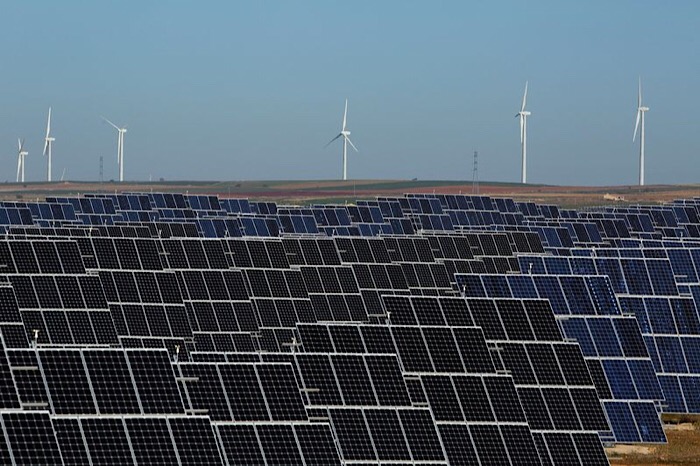Since the close of World War II, the United States has overseen an expanding global order built on fossil fuels. That era has come to an end. Where coal powered the British Empire, and oil powered the American Century, renewable energy technologies are now set to drive the post-American world. Europe’s “Green Deal” represents the beginning of this new era.
The most ambitious clean energy project in history, Europe’s Green Deal marks the beginning of a new era in clean energy policy. Notwithstanding its challenges, Europe’s plan represents a “broad roadmap” for remaking its entire economy with the aim of creating the first climate-neutral region in the world by 2050. Underwritten by one trillion Euros in investment, the Green Deal calls for establishing the first-ever climate law anchored to the 2050 climate neutrality target.
Continue reading… “Is America’s fossil fuel empire collapsing?”













